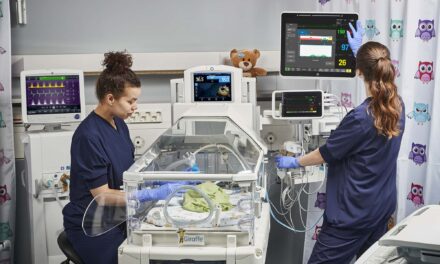The Physician-Patient Alliance for Health & Safety (PPAHS) has released a position paper calling for continuous electronic monitoring for patients undergoing moderate and conscious sedation, or recovering from procedures and managing pain using a patient-controlled analgesia (PCA) pump, particularly those during the postoperative period.
Opioids, such as morphine and oxycodone are commonly prescribed to manage pain for those recovering from surgical procedures. It is well known that, at certain dosages, these drugs can lead to a depression in respiratory function. Overdoses can run the risk of respiratory failure, jeopardizing patient safety.
“It is a common practice to intermittently ‘spot check’ on patients recovering from sedated procedures, or who are on patient-controlled analgesia pumps to manage their pain,” says Michael Wong, JD, executive director of PPAHS. “However, opioid-induced respiratory depression can occur in a manner of minutes. Clinicians cannot be everywhere at once, which is the role that continuous electronic monitoring should fill.”
The position paper calls for the adoption of multiple-parameter monitoring programs, stating that pulse oximetry — a common monitoring technology — is not sufficient to detect the early warning signs of depressed patient breathing. PPAHS recommends the addition of capnography monitors to existing monitoring solutions. The organization cites one study that shows capnography monitors detected the signs of respiratory depression an average of 3.7 minutes before pulse oximetry.
A PDF version of the official statement can be found on the PPAHS website.










